Learning the History of Shibuya: Japan’s Popular Entertainment & Shopping District
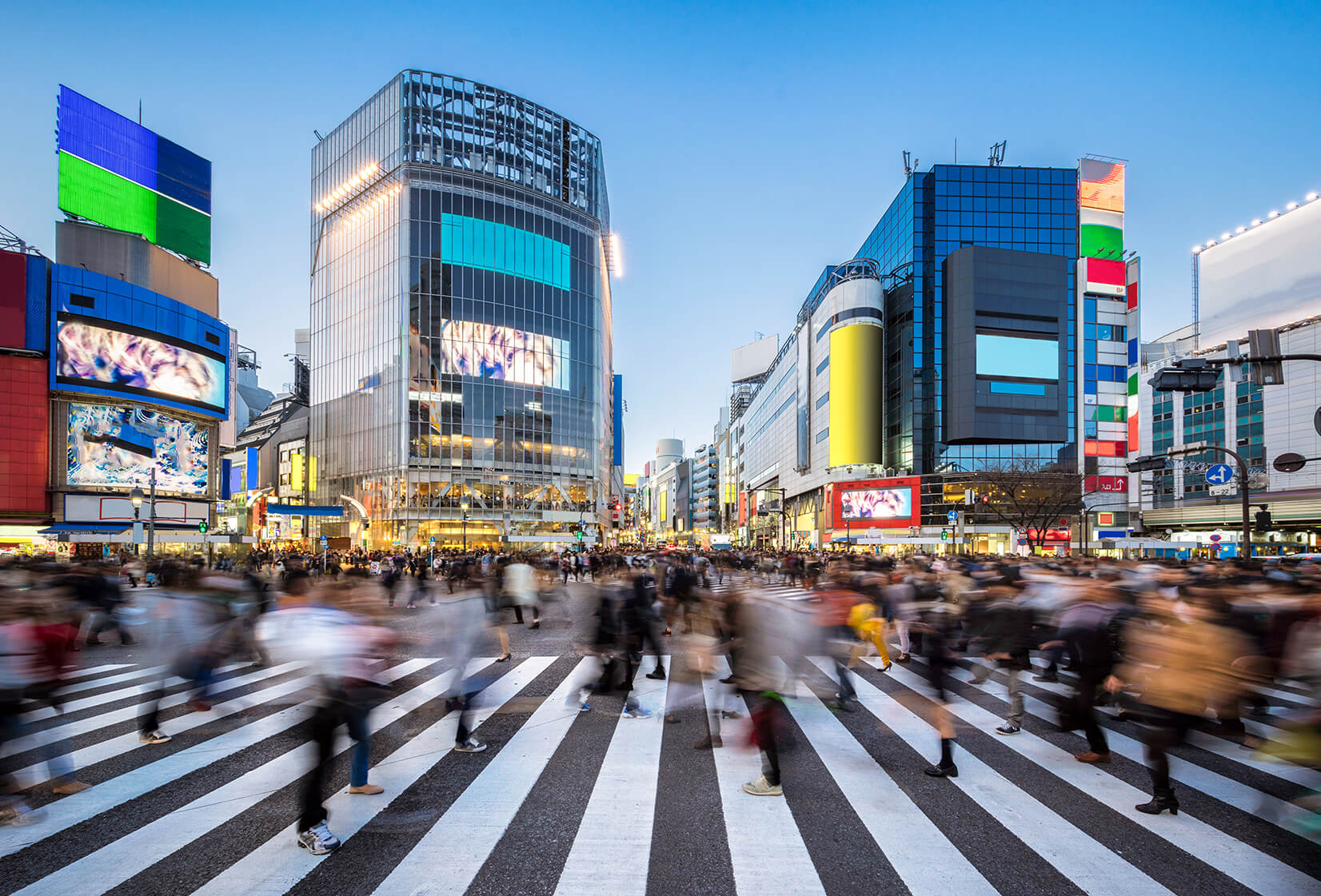
If you’re planning a trip to Tokyo, a visit to Shibuya is inevitable. After all, it’s one of the most popular shopping and entertainment districts in Japan, especially among the youth. In fact, Shibuya is dubbed as “Tokyo’s hippest transport, fashion and youth nexus.” No one can miss the towering fashion department stores, including a 6-floor Forever 21, right after exiting the train station!
Would you believe that this shopper’s paradise started out as a simple community in the 19th century? It may seem unlikely, but it’s true. Let’s look into how a rural village has evolved into one of the most famous districts of Tokyo.
Table of contents
History of Shibuya: The Busiest Shopping District in Japan
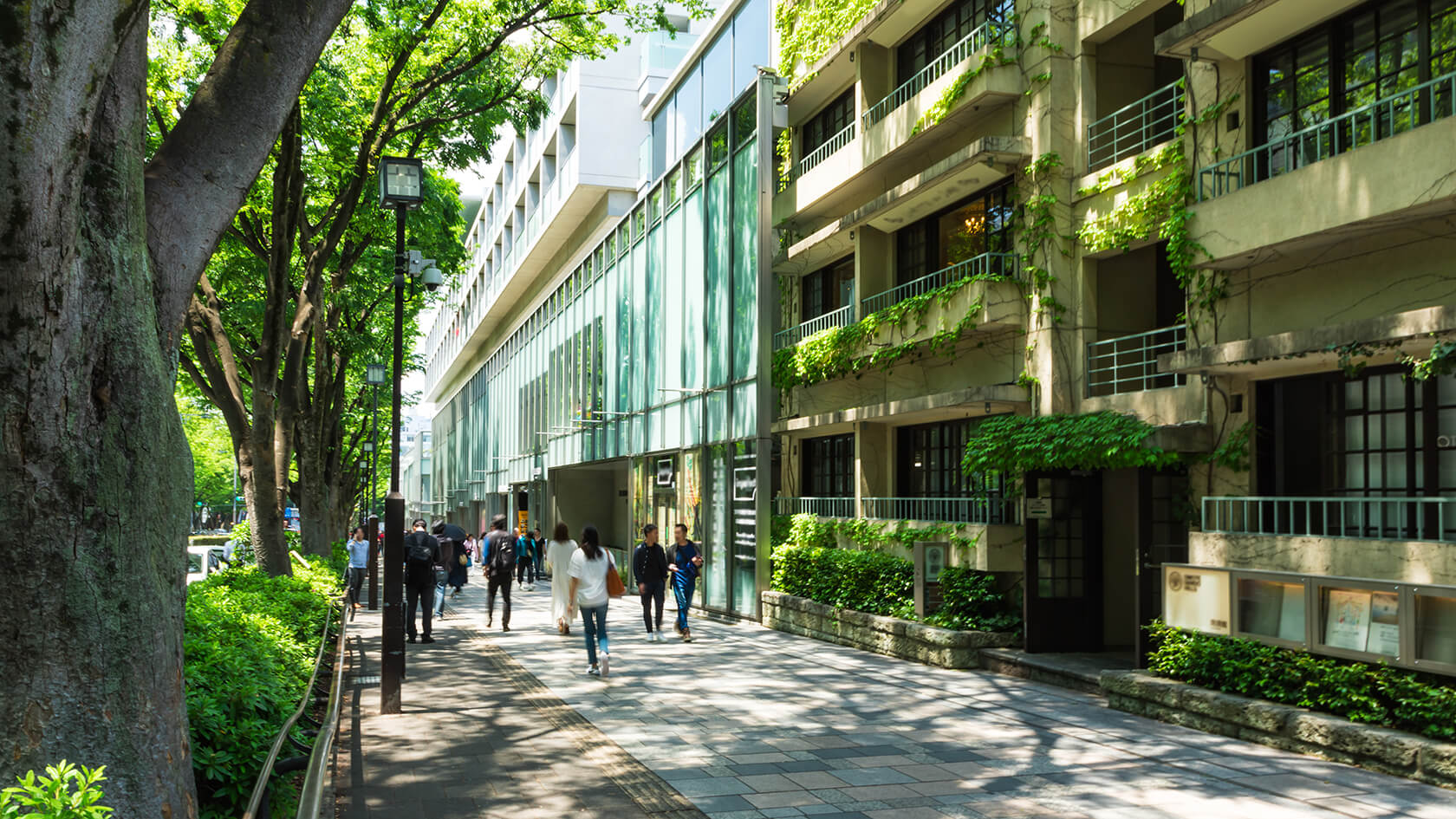
Shibuya might as well be a highlight in your itinerary, as it includes many major Japanese tourist destinations. From famous Shinto shrines to a modern park where the Olympics were once held, you’d be kept busy for sure. There are even whole buildings and stretches of fashion avenues to explore.
The unconventional and trendsetting styles would have you spending an entire day just walking around. And you’d still have much ground to cover!
Getting caught in foot traffic is bound to happen in your overall Japanese experience. Still, this could be an opportunity to understand how the busy district became what it is! Your firsthand experience may then help you appreciate the area even more. Read on to get an idea of the beginnings of Shibuya.
Geography
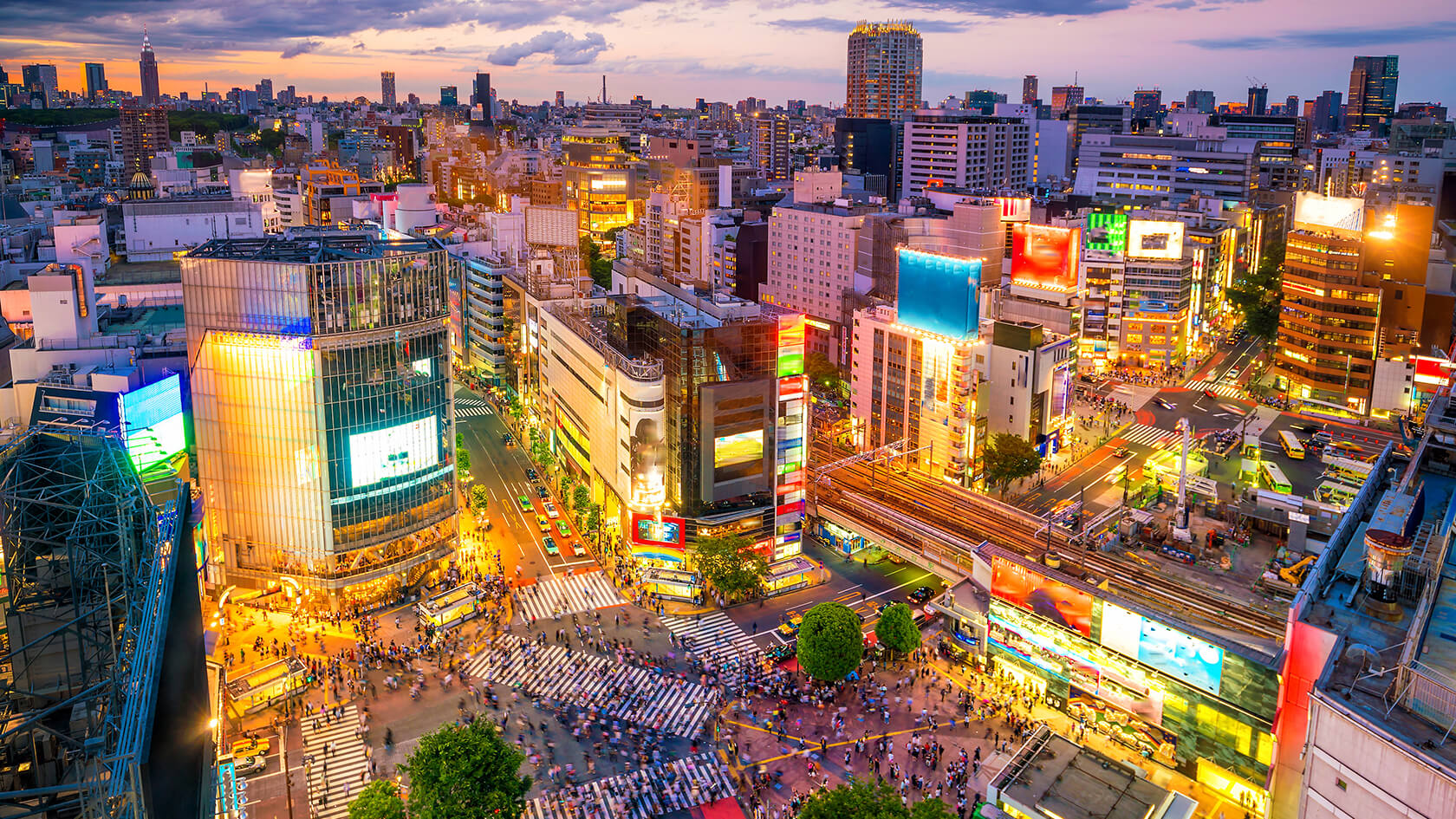
Shibuya is one of the 23 special wards or tokubetsu-ku(特別区)in Tokyo. These wards were created after Tokyo was established as the metropolis of Japan in 1943, setting the prefecture apart from other cities. Shibuya gets its name from the Shibuya Family, who lived in their castle based in the area back in the Edo period.
In this district, you can find Harajuku, the neighborhood famous for its bold fashion statements and unusual food trends. The tree-lined Omotesando Avenue is also here, with crosswalks that look almost like Abbey Road in London. Other tourist attractions include the Meiji Shrine and Yoyogi Park.
These iconic locations are all in Shibuya, as the city rests 30-60 meters above sea level on the Yodobashi plateau. A tenth of its 15.11 square kilometer area is a green zone. Roads would start sloping upward from the center as its heart is located in a valley. In fact, the Kanji characters for Shibuya(渋谷)could be translated as “quiet valley.”
Although this district has plenty of exciting sites, we’ll be focusing around the area that Shibuya is commonly associated with: Shibuya Station.
Shibuya Station
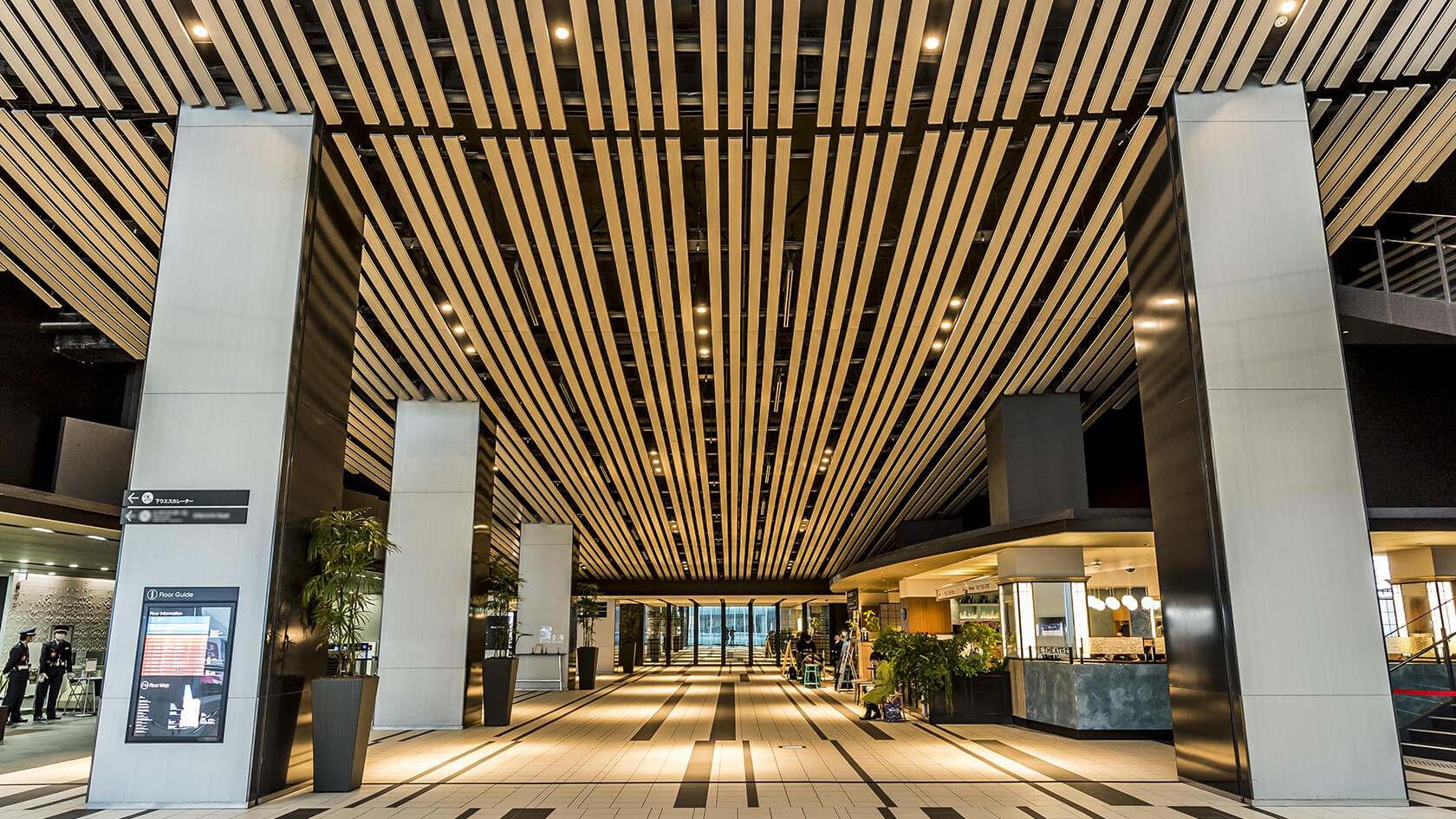
Many consider Shibuya as Tokyo’s central shopping district where you could have fun and eat out with all your friends. There are countless shops and entertainment facilities surrounding the Shibuya Station, which is located in the center of the city. It first opened in 1885 as a stop on what is now known as the JR-Yamanote train line.
Tokyo was known as Edo City back then. It was located within the JR-Yamanote Line, previously known as the Akabane-Shibuya Line. The station stood right outside of the train line at Shibuya’s center as the main hub for Southwestern Tokyo. It was just a rural village before it even grew into the bustling commercial district it is today.
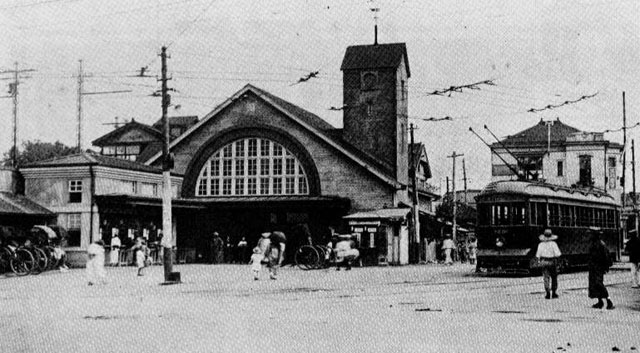
“Shibuya Station early 20th century” photo from Shibuya Station – Shibuya Transportation Guide
The population of the area increased between the Meiji and Taishō eras of Japan, since many factories emerged, following the cheap real estate at the time. The community grew even bigger when large departments took their businesses from the Eastern Nihon-bashi to Western Tokyo after the Great Kantō Earthquake of 1923.
After the conflagration that World War II brought to Japan, many black markets cropped up in Shibuya. People sold their own agricultural products to support themselves. This moment in history could account for the early beginnings of Shibuya as a center of activity.
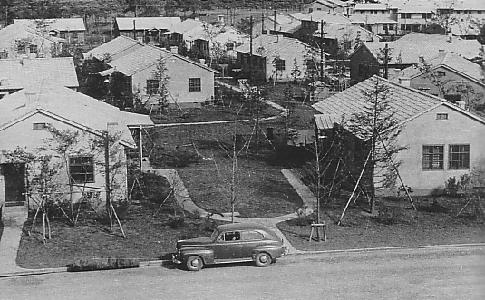
“Washington Heights in Tokyo (present-day Yoyogi Park)” photo from Japanese newspaper “THE SUN PHOTO TIMES (11 December 1947 issue)” published by Mainichi Newspapers Company (Public Domain)
However, the main reason for Shibuya evolving into one of the fashion capitals of the country was the residents of Washington Heights in Tokyo. Many Americans lived in this village, as it served as the housing complex for the United States Armed Forces.
There were around 800 houses, a school, and a church. Accordingly, numerous restaurants and bars were opened to accommodate these people. In return, the Americans brought new fashion and entertainment to the region.
Tokyo regained control over the land in 1964, right before the Tokyo Olympic Games. They used the village to accommodate the competing athletes at the time. Today, Yoyogi Park, Yoyogi Gym, and NHK building are located where Washington Heights in Tokyo used to stand.
Shibuya Crossing
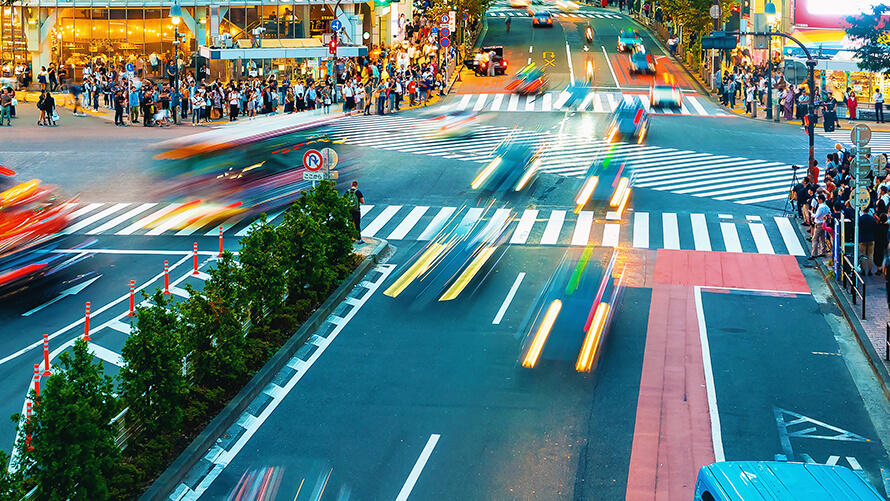
Shibuya Station has a total of 5 exits. If you want to make it to most tourist spots in Shibuya, you might want to leave through the Hachiko Gate. Upon exiting, you will immediately find one of these fantastic tourist attractions, the Shibuya Crossing, also known as “The Scramble.”
The Scramble gets its nickname from the fact that the intersection sees hundreds of thousands of pedestrians crossing from every direction in a day. This place is what makes Shibuya known as one of the busiest districts in Japan.
If you see images or videos of Japan showing hoards of people crossing an intersection, chances are they were taken from Shibuya Crossing. The place is so famous that you might recognize the crosswalk from Hollywood films. The opening scene of Resident Evil: Afterlife (2010) and car chase scenes from The Fast and the Furious: Tokyo Drift (2006) feature this busy intersection.
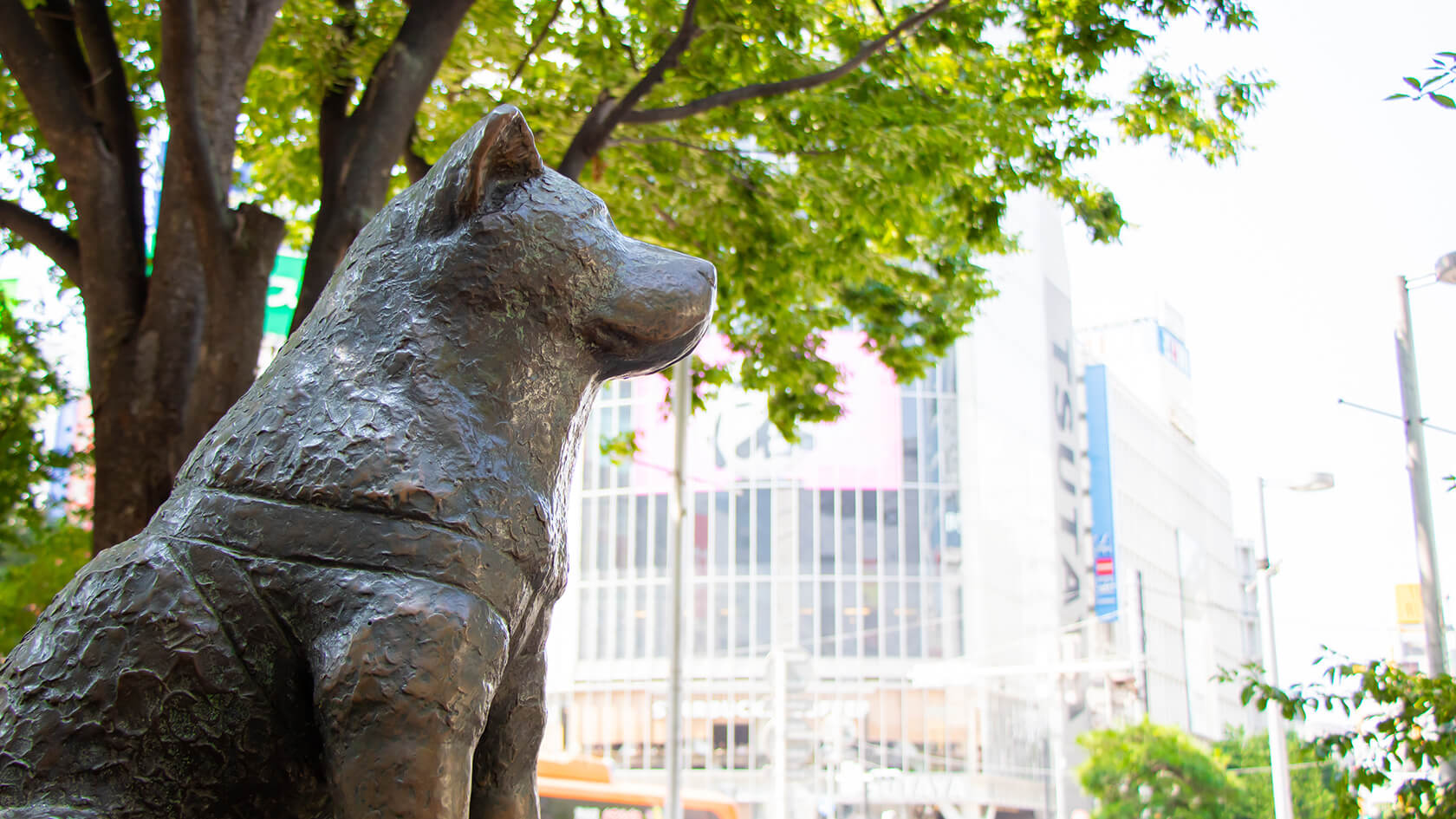
The Hachiko Gate gets its name from a story that has touched the hearts of many Japanese citizens for decades. In the southeastern corner of the intersection, you will find Hachiko Square, which is marked by a statue of Hachiko, the faithful Akita dog.
This statue was built to commemorate Professor Eizaburo Ueno’s dog Hachiko, whom he adopted in the 1920s. The story describes the two as an inseparable pair. Every day, Hachiko would wait for the professor outside of Shibuya Station so they could walk home together.
Unfortunately, Professor Ueno lost his life to a cerebral hemorrhage while on campus, unable to say goodbye to Hachiko. Despite it all, Hachiko faithfully waited outside the station for the professor, even 10 years after his death. The story became a legend, and the statue erected in his honor is now a popular meeting point among tour groups and friends.
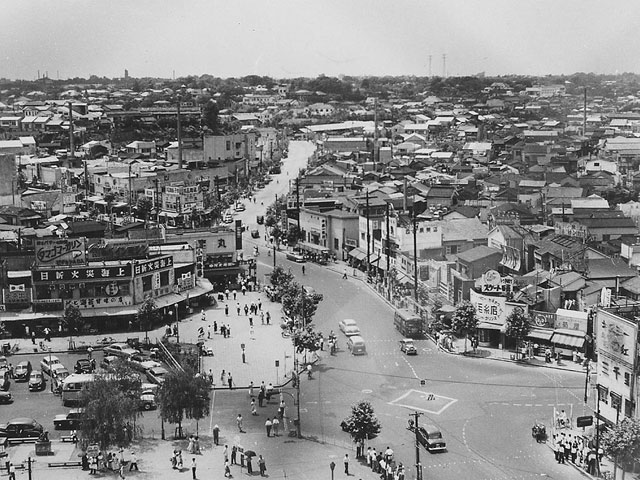
“Shibuya Crossing 1950s” photo from Shibuya Station – Shibuya Transportation Guide
You could imagine that the Shibuya Crossing has always been busy, considering that it has historically been the center of activity in Shibuya. Naturally, tons of people would have been scrambling around the hub. People would be gathering from around the area, arriving by rickshaw, and crossing the intersection. Now, there can be as many as 3,000 pedestrians crossing the same location at a single time, all while dodging each other to find their destinations.
The crossing almost resembles the veins of a heart, where people come and go from one place to another. After all, many major shopping destinations are nearby. You’ll find people rushing to Shibuya 109, a 10-floor shopping center popular among younger women. Even more recently, the Shibuya Stream office complex above the bustling station and streets has 35 floors full of stores, restaurants, and cafes.
Shibuya Crossing may even become busier by 2027, as the station is planned for redevelopment. You could expect more skyscrapers, upgraded transport systems, and even sports venues to crop up around the center of the district. Indeed, Shibuya shows no signs of stopping and will continue to reign as the premier fashion destination of Tokyo!
Conclusion
Just as many business districts in the world today, Shibuya has humble beginnings and overcame arduous events. From the boost in population following natural disasters to the influence of foreign presences after wartimes, Shibuya’s identity as a fashion district goes much deeper than the latest trend. Next time you’re in Tokyo, cross the busy intersections of Shibuya! Expand your insights on the growth of Japan as you look back at how the bustling district came to be.
Motto Japan, the community platform to support foreigners with the foundation for life in Japan, including Japanese study, job opportunities, and housing service. Motto Japan Media will provide a wide variety of information for Japanese fans all over the world, to create a cross-cultural environment and enrich the life of foreign residents in Japan!




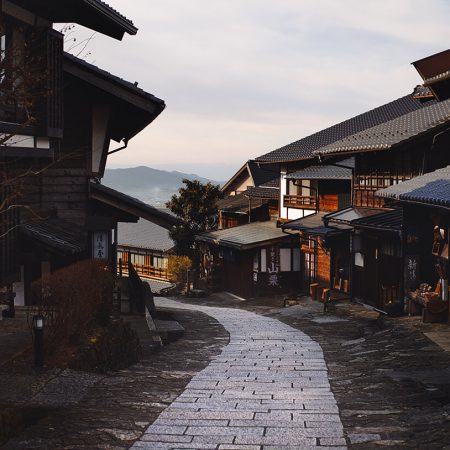
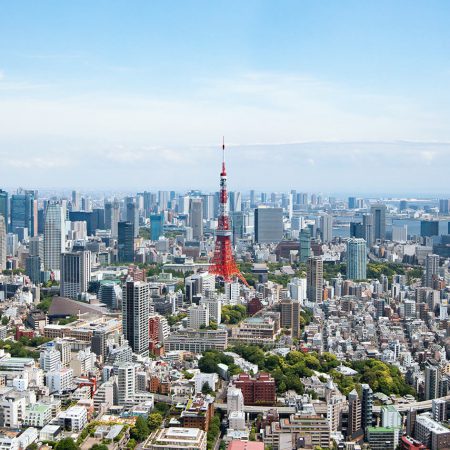




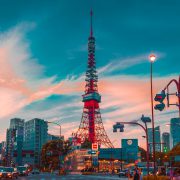


Leave a Reply